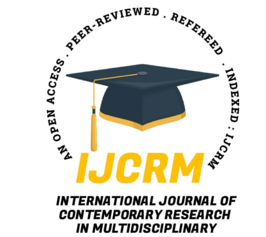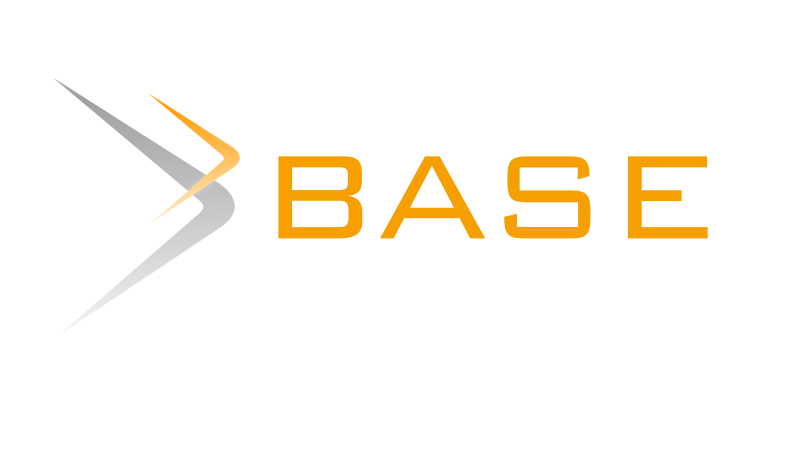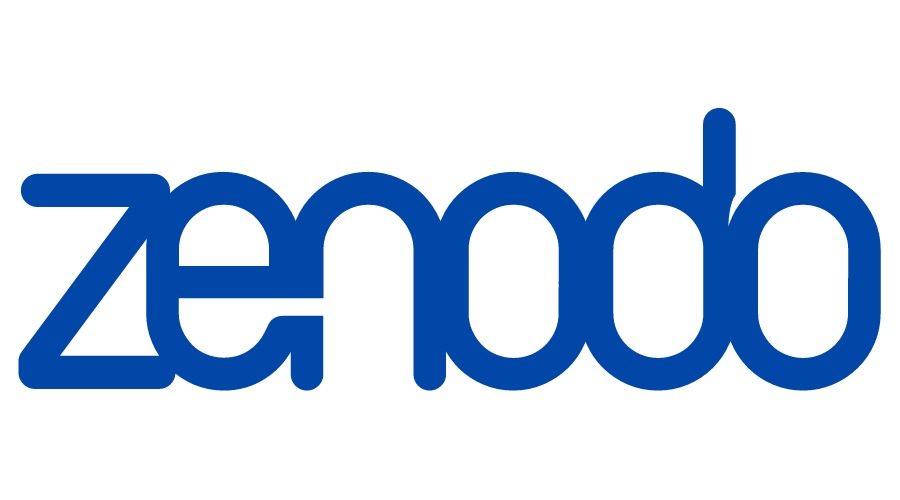International Journal of Contemporary Research In Multidisciplinary, 2024;3(1):01-08
A Study on Implementing Mother Tongue as the Medium of Instruction at Primary Level under NEP-2020 in Arunachal Pradesh
Author Name: Hage Yaja Sandip Sinha
Paper Type: research paper
Article Information
Abstract:
The present study is an attempt to understand the scope of implementing mother tongue as the medium of instruction at primary level of education system in Pasighat Educational Block under East Siang District of Arunachal Pradesh. Mother tongue based multilingual-education positively promotes toward educational foundation to enhance the child’s language, culture and context. Further, the study approached with a descriptive method of research and surveyed fifteen primary schools by collecting data through a self-designed questionnaire and in-depth semi-structured interviews seeking response from school administration, teachers and parents through simple random sampling method. The study emphasizes to understand the issues faced by both students and teachers in fruitful communication and the study results revealed that lack of understanding of parents, heterogeneity, dominance of traditional English medium teaching process, lack of resources and infrastructure, shortage of labor are the prime factors opposing implementing mother tongue as medium of instruction. Parents should be motivated and encouraged to stress on their own native language as first option for their children, teachers and school practitioners should pay attention to students’ attitude towards medium of instruction for better academic performance, administrators should prepare for a concrete design facilitating with enough resources.
Keywords:
Mother Tongue, Medium of Instruction, Primary Education, Teaching-Learning Outcome, Holistic Development
Introduction:
Education is the universal tool for bringing social, economic and political transformation for building an equitable society. A well-educated society equipped with relevant knowledge, attitudes and skills is the need of the hour for economic and social development. Mother tongue is the first language, a person grows-up with from his early childhood. Therefore, mother tongue is the best option for communication that a person is familiar with. Across the globe, we can see the use of either a major commercial language or a colonial language as the medium of instruction in educational institutes. The government of India introduced the NEP-2020; the biggest reform in the field of education since the National Education Policy-1986. Under the NEP-2020 reforms, medium of instruction is one of the major changes to be executed in which education in primary schools facilitated the mother tongue as the medium of instruction. Article 350A of the Constitution states that “state shall endeavour to provide adequate facilities for instruction in the mother tongue at the primary stage of education to children belonging to minority groups'' (Constitution of India, 2008). The Three-Language Formula-1957 (TLF) was proposed for using mother tongue or regional language, Hindi or English at different levels of education across the country (Mohanty, 2008). The NEP-2020 broadens the definition of ‘Medium of Instruction’ (MOI) to include local and regional language at least until primary education, preferably till Grade VIII (Ministry of Human Resource Development, GoI, 2020). Many educationalists, linguistics, early childhood education experts, and cognitive psychologists suggested that an instruction in mother tongue is the most appropriate for cognition and comprehension in the early years of development (Ball, 2010; Khaitan, 2020; Daniyal, 2020). The Global Education Monitoring Report-2016 emphasized that children taught in a language other than their own can affect their learning abilities. The imposition of a single dominant language as MOI in educational institutes can lead to wider issues of social and cultural inequalities (UNESCO, 2016). Mother tongue based bilingual education system significantly enhances the learning outcomes of children belonging to minority language communities (Ball, 2010; Bühmann & Trudel, 2008). NEP-2020 stresses on attaining foundational literacy and numeracy for all children. The reason behind the crisis of foundational learning is the detachment between the language of the child at home and the medium of language used in school curriculum. The term mother tongue has been widely used but on the other hand it is also critiqued, referring to a various situations like the language one identifies with, knows best, or uses the most and understood as one‘s first language (L1). Mother tongue based multilingual-education (MTB-MLE) is described by Diane Dekker (2010) as being more than just using the learner’s first language to explain curriculum content. It emphasizes the importance of curriculum rooted in the local culture, as well as teaching methodology that promotes cognitive development and higher order thinking skills. The North East Regional Institute of Education (NERIE) conducted a programme related to implementing mother tongue education in Arunachal Pradesh (2007), and found that the parents are not willing to promote mother tongue as the medium of instruction, instead pressurized to keep either Hindi or English as MOI where they considered mother tongue lessons are not purposeful, just a formality to learn
How to Cite this Article:
Hage Yaja and Sandip Sinha. A Study on Implementing Mother Tongue as the Medium of Instruction at Primary Level under NEP-2020 in Arunachal Pradesh. International Journal of Contemporary Research in Multidisciplinary. 2024: 3(1):01-08
Download PDF





